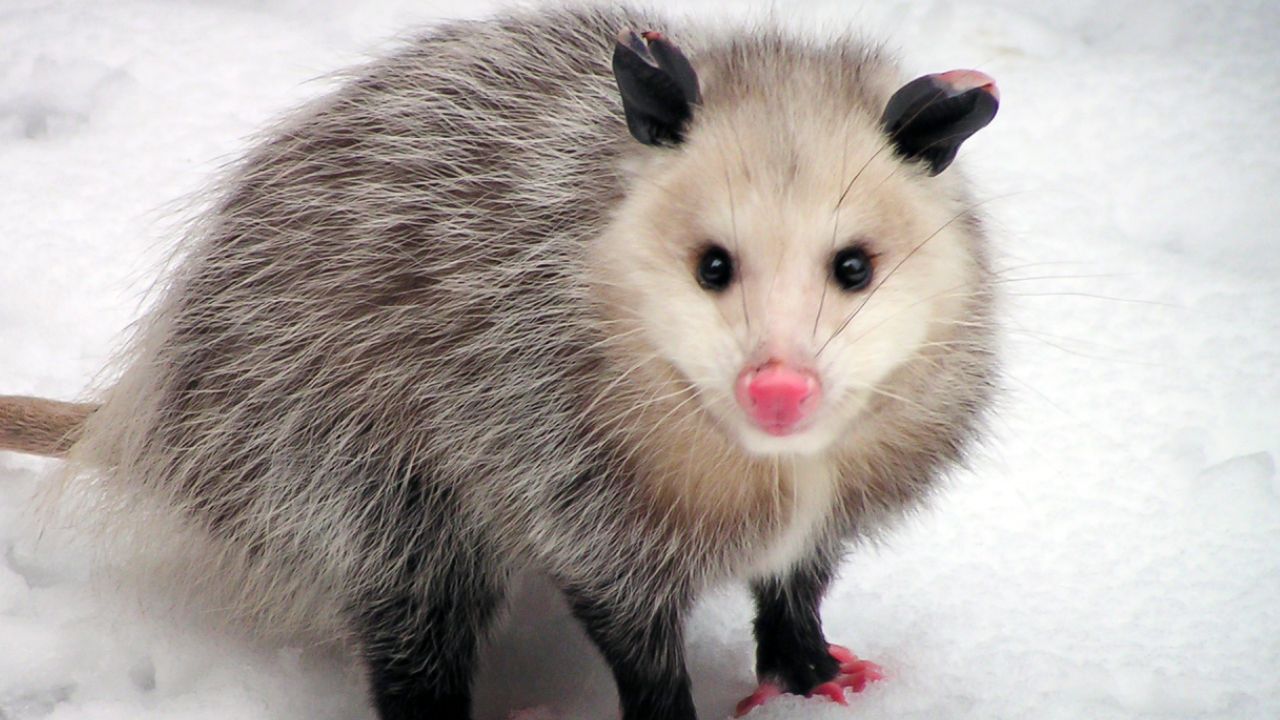Scientists have announced a new marsupial species in northern Peru: Marmosa chachapoya, a small mouse opossum with a striking dark facial “mask.”
The animal was documented at high elevation in Río Abiseo National Park (San Martín region), an area famous for steep valleys, montane forest, and rich biodiversity.
This finding adds a fresh branch to South America’s marsupial family tree and shows how much remains to be discovered in upper montane cloud forests.
What Scientists Found
The newly described opossum is palm-sized, with a body length of about 10 cm (≈4 in) and a tail that brings total length to roughly 25 cm (≈10 in).
Its fur is reddish-brown on top with a paler underside, and a bold, mask-like band crosses the eyes and cheeks.
A long, narrow snout, delicate ears, and a prehensile tail adapted for climbing set it apart from related species.
Morphological details of the skull, dentition, and pelage helped define its unique identity.
Where It Was Discovered
Researchers encountered the species in the upper Río Montecristo basin at a site known as La Playa inside Río Abiseo National Park.
The holotype—the reference specimen used to define the species—was collected at 2,664 meters (8,740 feet) above sea level.
That altitude pushes the known upper limit for its lineage and underscores the importance of high-elevation micro-habitats for generating and preserving new species.
How It Was Confirmed
Back in the lab, scientists combined genetic analysis with comparative anatomy.
DNA sequences (including the mitochondrial CYTB gene and selected nuclear markers) revealed clear genetic divergence from close relatives—particularly from the superficially similar Marmosa lepida.
Together with diagnostic skull features and its distinctive facial mask, these data supported recognition as a new species.
At present, Marmosa chachapoya is known only from the type locality, and additional surveys are planned to map its full range.
Why This Discovery Matters
This discovery highlights Peru’s role as a hotspot for Andean biodiversity and shows that even familiar groups like didelphid marsupials still hold surprises.
Because the species is currently known from a single confirmed population, its conservation status needs careful assessment.
Protecting cloud forest corridors, limiting deforestation, and monitoring climate impacts at high elevations will be crucial for the long-term survival of specialized mammals like this tiny opossum.
Key Facts At A Glance
| Attribute | Details |
|---|---|
| Scientific Name | Marmosa chachapoya |
| Common Group | Mouse opossum (marsupial) |
| Country / Region | Peru, San Martín (northern Andes) |
| Protected Area | Río Abiseo National Park |
| Elevation (Type Locality) | 2,664 m (8,740 ft) |
| Body Length | ~10 cm (≈4 in) |
| Total Length (With Tail) | ~25 cm (≈10 in) |
| Signature Features | Mask-like facial band, reddish-brown dorsal fur, long narrow snout |
| Evidence Used | Genetic markers (incl. CYTB) + morphology |
| Known Range | Currently only the type locality (further surveys pending) |
| Etymology | Honors the Chachapoya—the “people of the cloud forest” |
The Bigger Picture For Biodiversity
High-elevation cloud forests act as natural laboratories where isolation, steep climate gradients, and unique plant communities drive rapid diversification.
Findings like Marmosa chachapoya strengthen the case for on-the-ground exploration, museum collections, and genetic sequencing to document life before habitats change.
As researchers gather more specimens and data, we’ll learn about its diet, behavior, breeding, and whether it occupies a wider Andean belt than currently documented.
The recognition of Marmosa chachapoya is a landmark for Peruvian mammalogy.
It extends the altitude record for its lineage, reveals a distinctive, mask-faced marsupial, and spotlights the conservation value of Andean cloud forests.
Continued exploration and habitat protection will determine how this new species fits into the complex ecological web of the upper Andes—and whether additional undiscovered mammals are hiding among the moss-draped trees above the clouds.







